-
play_arrow
Hippie Hop Radio
- home Home
- keyboard_arrow_right Outta the Boxxx!
- keyboard_arrow_right Posts
- keyboard_arrow_rightDMT Decoded: The Science Behind the Spirit Molecule

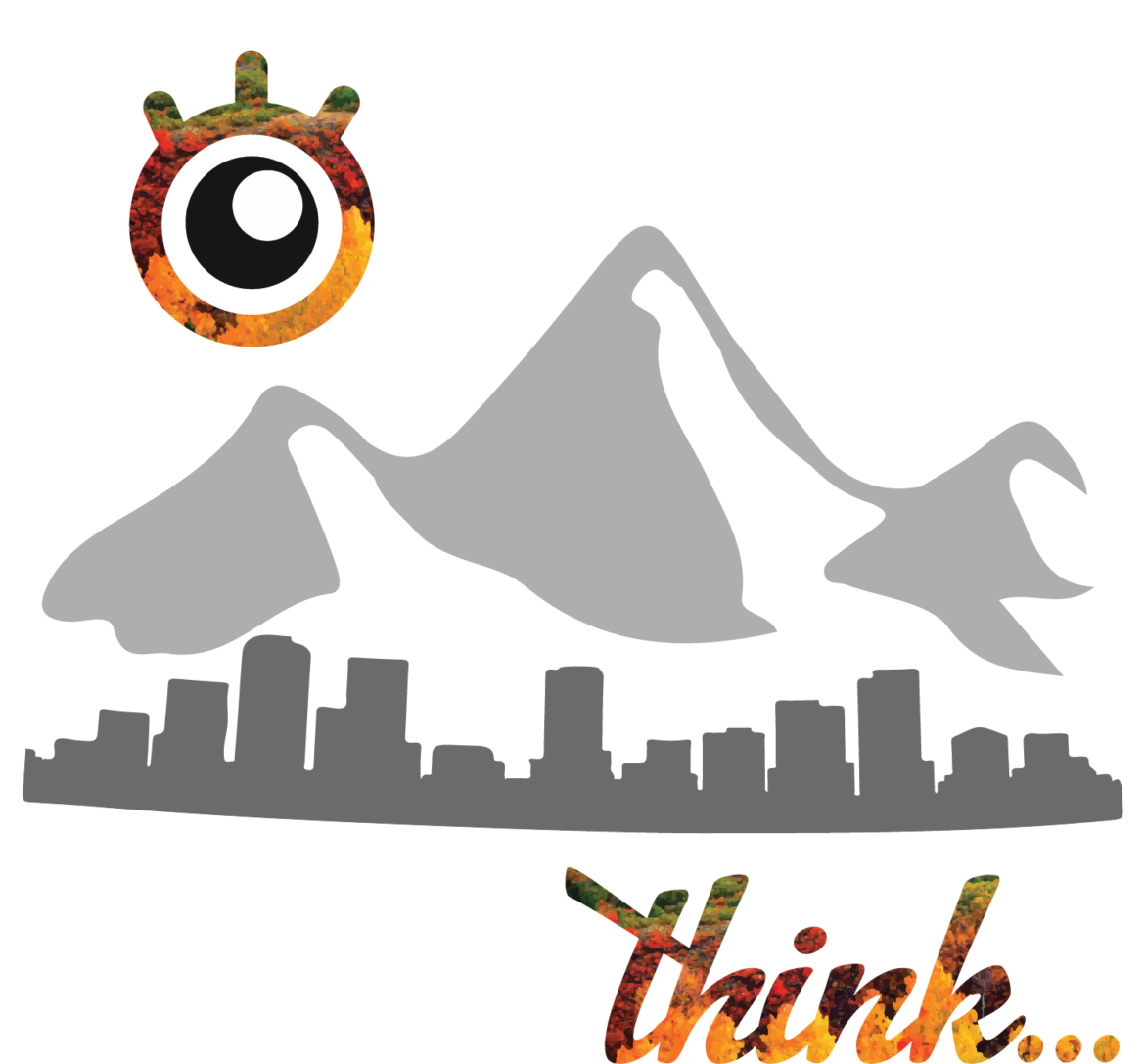
DMT Decoded: The Science Behind the Spirit Molecule Table of Contents:
1. Introduction
• What is N, N-dimethyltryptamine (DMT)?
- Historical Overview of DMT’s Use and Discovery
- Pharmacology and Mechanism of Action
- How does DMT Work in the Brain and Body?
- Endogenous DMT
- What are its Chemical Properties?
- What are its Effects on Neurotransmitter Systems?
- Are there any Medical or Therapeutic Uses for DMT?
- Legal Status
- Preparation and Consumption
- Short-term Effects of DMT
- Long-term Effects of DMT
- Risks and Side Effects
- Scientific Research
- Are there any recent scientific studies or clinical trials related to DMT?
- What do researchers hope to learn about DMT in the future?
- Conclusion
DMT Decoded: The Science Behind the Spirit Molecule
Structure of N, N-dimethyltryptamine (DMT) (Barker, 2018)
Introduction
What is N, N-dimethyltryptamine (DMT)?
N, N-Dimethyltryptamine (DMT), an indole alkaloid abundantly present in both plants and animals, has gained renown for its capacity to induce brief yet profound psychedelic experiences upon ingestion. Emerging evidence underscores the multifaceted roles that endogenous DMT may play in various processes within the peripheral and central nervous systems, suggesting its potential as a neurotransmitter (Carbonaro & Gatch, 2016).
DMT has the remarkable ability to evoke an immersive and intense altered state of consciousness. This experience is marked by the emergence of vivid and intricate imagery, along with a profound sense of being transported to alternate realities or dimensions. Notably, this occurs without any compromise to wakefulness, creating a uniquely surreal and heightened perceptual state (Strassman, 1995). The experiences recounted by DMT users are striking in their consistency, depicting a profound departure from the familiar confines of everyday perception into what many describe as an ‘alternate universe.’ This universe is not merely a shift in perspective but a complete overhaul of subjective reality, where users find themselves immersed in a world teeming with bizarre objects, intricate visual phenomena, and entities that bear the hallmarks of consciousness. These ‘beings,’ as users often refer to them, are not passive features of the DMT landscape but active participants in the experience, contributing to the profound and sometimes life-changing nature of the journey (Barker, 2018).
Considerable speculation surrounds the potential influence of DMT on naturally occurring altered states of consciousness, including psychosis, dreams, creativity, imagination, religious
and spiritual experiences, as well as near-death encounters. Moreover, the role of DMT extends beyond these realms to impact waking reality. In this context, waking reality is conceptualized as a regulated psychedelic experience, where the ordinary state aligns closely with events in the ‘physical’ world. Altered states, then, emerge when this regulation is disturbed in various ways (Wallach, 2009).
Given its involvement in nervous system signaling, DMT stands out as a valuable experimental instrument for delving into the intricacies of brain function. Moreover, it holds potential as a clinical asset for addressing anxiety and psychosis, offering a promising avenue for therapeutic exploration (Carbonaro & Gatch, 2016).
Historical Overview of DMT’s Use and Discovery
- >500 years ago: Many natives believe that the ceremonial use of psychedelic tea isthousands of years old. DMT is one of the major psychoactive compounds found in various shamanistic mixtures, such as ayahuasca, hoasca, and yagé, used in South America for centuries (Pochettino et al., 1999).
- 1496: In 1496, Friar Ramon Pane, who accompanied Christopher Columbus on his second journey to the Americas, noted how the Taino people of Haiti/Dominican Republic would consume a psychoactive snuff called cohoba/yopo. This snuff is made from Anadenanthera peregrina, a type of shrub that contains DMT.
- 1931: DMT was first synthesized by a Canadian chemist, Richard Manske, but at the time, it was not assessed for human pharmacological effects (Barker, 2018).
- 1946: In 1946, a microbiologist Oswaldo Gonçalves de Lima, discovered DMT’s natural occurrence in plants (Barker, 2018).
- 1956: In 1956, Stephen Szara, a pioneering Hungarian chemist and psychiatrist, extracted DMT from the Mimosa hostilis plant and administered the extract to himself intramuscularly (Barker, 2018).
- 1966: In 1966, the public use and sale of peyote, mescaline, LSD, and DMT were prohibited in the U.S.
- 1970: In 1970, LSD, DMT, MDA, psilocybin, psilocin, mescaline, peyote, and cannabis became Schedule I drugs under the United States Controlled Substances Act. This meant, in terms of the law, psychedelics had no recognized medical value and a high potential for abuse.
- 1970-1990: Following the 1970 legislation in the U.S. (and similar prohibitions elsewhere), scientific study of psychedelics was halted for two decades.
- 1990: Between 1990 and 1995, the psychiatrist Dr. Rick Strassman administered DMT to 60 volunteers and recorded the subjective effects. He documented his clinical trials in a book he published, “DMT: The Spirit Molecule.”
- 2018: A 2018 study illustrates that ayahuasca leads to significant decreases in symptoms of depression.
- 2019: In 2019, Imperial College London launches the world’s first Centre for Psychedelics Research. Months later, Johns Hopkins launches the Center for Psychedelic and Consciousness Research. Both centers are carrying out research into what psychedelics reveal about consciousness and how these compounds can help treat conditions such as depression, addiction, and PTSD.
Pharmacology and Mechanism of Action
How does DMT Work in the Brain and Body?
DMT is not naturally orally active. This is caused by fast acting degradation/metabolism by monoamine oxidase (MAO), an enzyme situated within the mitochondria that catalyzes the oxidative deamination of innate biogenic amines (Moore et al., 1975). When ingested orally in its pure form, DMT is metabolized into inert metabolites before it can sufficiently reach the brain, resulting in a bioavailability too low to elicit psychotropic effects (Barker, 2018).
DMT is only orally active if co-administered with a monoamine oxidase inhibitor (MAOI). Monoamine oxidase inhibitors (MAOIs) are a class of drugs that inhibit the activity of monoamine oxidase enzymes. These enzymes are responsible for breaking down neurotransmitters such as serotonin, norepinephrine, and dopamine, as well as other amines, including tyramine and phenylethylamine. MAOIs can also be found in certain natural substances and traditional medicines, such as the vine Banisteriopsis caapi used in ayahuasca, a traditional South American brew that contains beta-carboline alkaloids that act as MAOIs.
DMT is pharmacologically active when administered by injection (intravenous or intramuscular routes) or smoking (vaporization and inhalation), as these methods partially circumvent the liver’s first-pass metabolism (Riba et al., 2015). Upon injection or inhalation, DMT’s effects manifest swiftly, typically within seconds to minutes. The duration of these effects is ephemeral, generally lasting from 10 to 60 minutes, influenced by the dosage and the method of administration. Inhalation through smoking typically yields an experience lasting between 10 to 30 minutes, whereas the effects from injection may persist for a longer period. (Barker, 2018).
When consumed in conjunction with a monoamine oxidase inhibitor (MAOI), the duration of the psychoactive experience is significantly extended compared to other routes of administration without an MAOI. Typically, when DMT is consumed orally with an MAOI:
- The onset of the experience can begin within 20 to 60 minutes.
- The peak effects are usually reached between 1 to 2 hours after ingestion.
- The total duration of the trip can last from 4 to 6 hours, sometimes longer, depending onthe dose, the specific MAOI used, the individual’s metabolism, and other factors.
To elicit hallucinogenic effects, exogenously administered DMT must reach plasma concentrations ranging from 12 to 90 nanograms per milliliter, as established by research studies Callaway et al., (1999); Yritia et al., (2002); Riba et al., (2003). This minimum dosage amount and higher dosages can be maintained for long lasting effects. A number of initial research studies have shown that DMT does not induce tolerance in users (Carbonaro & Gatch, 2016).
The studies conducted by Dr. Rick Strassman and others in the 1990s on DMT indicated that this potent psychedelic can have several acute cardiovascular effects. These effects typically include:
- Increased Heart Rate (Tachycardia): DMT can cause a noticeable increase in heartrate.
- Increased Blood Pressure: Both systolic and diastolic blood pressure may rise afterDMT administration.
- Palpitations: Users may experience palpitations or an increased awareness of theirheartbeat.
4. Arrhythmias: There can sometimes be irregularities in the heartbeat, although this is less common.
It’s important to note that these effects are usually transient and only last for the duration of the psychedelic experience, which is typically short-lived when DMT is administered via injection or inhalation. These cardiovascular responses are part of the body’s physiological reaction to the substance and can be more pronounced in individuals with pre-existing heart conditions.
Ayahuasca, along with similar ritual concoctions that contain DMT, appears to have a lower toxicity profile while still preserving their profound psychological impact. The use of ayahuasca may be safe and even beneficial, says Carbonaro and Gatch (2016).
Endogenous DMT
Endogenous DMT refers to DMT that is produced naturally within the body. The prefix “endo-” means “inside” or “within,” and “genous” comes from “genesis,” meaning origin or formation. So, endogenous DMT is DMT that originates within the body, as opposed to exogenous DMT which is introduced from external sources, typically through ingestion or inhalation. There is substantial research verifying the presence of endogenous DMT in humans and animals, which is synthesized and stored within our bodies. DMT levels can be quantified in various human body fluids such as blood, urine, and cerebrospinal fluid (Carbonaro & Gatch, 2016).
While the widespread presence of DMT in biological systems is recognized, its precise biological role continues to elude scientific understanding. Notably, DMT concentrations can become localized and heightened under specific conditions, such as the observed increase in DMT production within the brains of rodents experiencing stress (Barker et al., 1981).
Current data do not provide reliable estimates regarding the distribution or concentration of endogenous DMT in the human brain, which hinders our ability to make informed decisions or draw definitive conclusions about its function (Nichols, 2017). DMT has been speculated to aid in extending the survival of brain.
There is conjecture that DMT may contribute to the prolongation of brain vitality. Frecska et al. (2013) reviewed literature suggesting that in times of intense distress, the lungs may produce substantial amounts of DMT, notably by negating the action of INMT (indolethylamine-N- methyltransferase) inhibitors. This leads to the swift release of DMT into the arterial bloodstream. In circulation, DMT is protected from degradation by MAO enzymes, which primarily metabolize primary amines, not tertiary amines such as DMT (McEwen and Sober, 1967). This characteristic enables DMT to reach the brain with minimal alteration. DMT, as a small and lipophilic molecule, is well-suited to cross the blood-brain barrier, a highly selective semipermeable membrane that shields the brain from the general blood circulation. The molecular structure of DMT allows it to penetrate this barrier with relative ease, facilitating access to the central nervous system where it can exert its known and unknown effects.
The adrenal glands and lungs are widely considered to be the primary sites of DMT synthesis within the body, attributed to the high concentrations of the enzyme INMT that have been
detected in these locations (Thompson and Weinshillboum, 1998; Thompson et al., 1999). The biological mechanisms prioritizing the transport of glucose and amino acids are similarly employed for DMT, hinting at its significance beyond psychedelic effects. This could imply that DMT plays an adaptive role in biological processes or serves a fundamental function in cellular defense mechanisms (Carbonaro & Gatch, 2016).
How DMT is Made and Stored in the Body
Endogenous DMT is produced via a biosynthetic pathway beginning with the essential amino acid tryptophan, which is first converted into tryptamine through decarboxylation. Subsequently, tryptamine undergoes transmethylation facilitated by the enzyme indolethylamine-N- methyltransferase (INMT) using S-adenosyl methionine as the methyl donor. This enzymatic process adds methyl groups to synthesize N-methyltryptamine (NMT) and ultimately yields DMT. Notably, NMT itself can also serve as a precursor in the INMT-dependent synthesis of DMT (Barker et al., 1981).
Frecska and colleagues (2013) delineated a tripartite mechanism through which DMT is assimilated and sequestered in the brain.
- Initially, DMT permeates the blood-brain barrier via an active transport mechanism that relies on Mg2+ and ATP to traverse the endothelial plasma membrane.
- Subsequently, DMT is absorbed into neurons through serotonin transporters (SERT) located on the neuronal membrane.
- The final phase involves the synaptic vesicles utilizing the vesicular monoamine transporter 2 to transfer DMT from the cytoplasm into the vesicles for storage.
To establish that DMT acts as a neurotransmitter rather than a metabolic byproduct of other bioactive molecules, it is necessary to state that DMT is synthesized, stored, and released within the nervous system. (Carbonaro & Gatch, 2016)
What are DMT’s Effects on Neurotransmitter Systems?
Establishing DMT as a neurotransmitter is not merely an academic pursuit; it is a crucial and logical step in neuroscientific research. Should DMT be implicated in the mediation of certain psychological phenomena, it could pave the way for groundbreaking insights into a variety of conditions, including delirium, the symptomatic manifestations of psychosis, spontaneous hallucinations, sleep disturbances, autism, and other perceptual disorders.
Furthermore, if DMT does modulate serotonergic systems or other neurotransmitter pathways, it’s conceivable that many pharmaceuticals, particularly psychoactive and antidepressant medications, may owe their therapeutic effects to mechanisms related to DMT’s action. A deeper understanding of DMT’s cellular distribution, receptor interactions, and overall biochemistry could reveal novel targets for the development of more efficacious drugs and therapeutic strategies. (Barker, 2018)
Are there any Medical or Therapeutic Uses for DMT?
Recent years have seen a resurgence of interest in the potential therapeutic applications of hallucinogens in clinical research, targeting conditions such as depression, obsessive-compulsive disorder, existential distress in terminal illnesses, recidivism among prisoners, and various substance use disorders, including those related to alcohol, opioids and tobacco. The majority of these explorations have focused on substances like LSD, psilocybin, and ayahuasca rather than DMT alone. (Barker, 2018)
Hallucinogens have a profound impact on cognitive and emotional processing, enhancing introspection and elevating mood states (dos Santos et al., 2016b). These effects are rooted in their ability to modulate neuronal activity within critical brain regions, specifically the fronto- temporo-parieto-occipital cortex. This cortical area, encompassing the frontal, temporal, parietal, and occipital lobes, is integral to complex thought, perception, and mood regulation. By influencing the neural circuits in these regions, hallucinogens can facilitate a heightened state of self-awareness, alter sensory perception, and potentially induce therapeutic changes in mood and cognition. This modulation of brain function is part of what makes these substances of interest for their potential in psychotherapeutic settings, where they might be harnessed to treat conditions characterized by rigid thought patterns, negative mood states, and impaired sensory processing.
Legal Status
DMT has a complex legal history that reflects changing societal attitudes toward psychoactive substances. The legal status of DMT began to change dramatically in the mid-20th century. In the 1950s and 1960s, DMT, along with other psychedelics like LSD and psilocybin, caught the attention of Western scientists and counterculture movements. Research and experimentation surged, with early studies exploring the therapeutic potential of these substances for treating various psychological disorders.
However, the widespread recreational use of psychedelics during the 1960s and the association with the counterculture led to a political backlash. In the United States, this culminated in the passage of the Controlled Substances Act (CSA) of 1970, which established a scheduling system for drugs. DMT was classified as a Schedule I substance, which is defined as a drug with a high potential for abuse with no currently accepted medical use in treatment in the United States, and a lack of accepted safety for use under medical supervision. This classification made research on DMT extremely difficult, as Schedule I substances are subject to the strictest regulations.
The legal landscape for DMT and other psychedelics has been relatively static since the 1970s, with strict prohibition being the norm. However, recent years have seen a renaissance in psychedelic research, with new studies examining the potential of these substances to treat conditions like depression, PTSD, and addiction. This research has begun to influence public opinion and policy. For instance, certain jurisdictions have started to decriminalize or lower the enforcement priority for plant-based psychedelics.
Internationally, the legality of DMT varies widely, with some countries allowing certain traditional practices involving DMT-containing substances like ayahuasca, while others maintain
strict prohibitions. The United Nations’ 1971 Convention on Psychotropic Substances includes DMT in its Schedule I; however, signatory countries have varying interpretations and implementations of the convention’s guidelines.
It is worth noting that despite the international and federal legal restrictions on DMT, certain religious groups have been granted exemptions to use ayahuasca for ritual purposes, recognizing its central role in their spiritual practices. These exemptions represent a nuanced recognition of the substance’s cultural and religious significance.
As research continues to shed light on the potential therapeutic benefits of psychedelics, and as attitudes towards drug policy evolve, there may be future changes in the legal status of DMT. Advocates for psychedelic science argue that a reevaluation of the legal status of DMT could open the door for more comprehensive research and potentially, medical use in the future.
Psychoactive Effects and Duration
Short-term Effects of DMT
The short-term effects of DMT are profound and rapid in onset, particularly when the substance is inhaled or injected, as these methods allow it to quickly enter the bloodstream and cross the blood-brain barrier. Users typically report a sudden onset of effects within 30 to 45 seconds, with the experience peaking for about 5 to 15 minutes and then tapering off within 30 to 45 minutes. Szára (1956, 1961) research revealed that DMT at moderate doses (0.7 mg/kg intramuscularly) produced effects comparable to mescaline and LSD, such as visual distortions, body image changes, and mood swings ranging from euphoria to anxiety, with these outcomes largely influenced by the user’s expectations and surroundings. Intramuscular administration of DMT typically has an onset between 2 to 5 minutes, with the effects enduring for 30 to 60 minutes. Generally, the intensity of these effects is milder compared to those experienced through intravenous injection or inhalation of vaporized DMT (Barker, 2018).
Cognitively, the effects of DMT are nothing short of extraordinary, often described as catapulting the user into a completely different dimension of existence. Within moments, the boundaries of space and time seem to dissolve, giving way to an experience of reality that is markedly different from ordinary consciousness. Those who have taken DMT report a profound distortion in their sense of space, where the familiar three-dimensional world can transform into landscapes of impossible geometry and depth. The passage of time may also be experienced as either accelerated or infinitely stretched, with some users recounting entire journeys that seemed to span lifetimes within the span of a few real-world minutes.
The alteration of body image can be equally dramatic. Users may experience the sensation of leaving their physical bodies, often referred to as an ‘out-of-body’ experience, or they might undergo a complete transformation in self-perception, sometimes merging with objects or entities encountered during the trip. The sense of ego – the self as a separate entity – can dissolve entirely, leading to what is often termed ‘ego death,’ a state where the boundaries between the self and the external world become indistinguishable.
The intensity of a DMT trip can facilitate encounters with complex, often highly emotional, and sometimes sentient beings or entities, which can leave a lasting impression on the user. These encounters are frequently described as being charged with significance, offering profound insights or messages that are felt to be of deep spiritual or existential importance.
However, the powerful nature of these trips can also lead to experiences that are psychologically challenging or distressing. The overwhelming intensity of the hallucinations and the dissolution of ego can be unsettling or even terrifying, particularly for those who are unprepared or unsupported during the experience. In some cases, users have reported encounters with disturbing visions or entities, or feelings of being trapped in a disorienting and alien environment.
The unpredictability of the DMT experience means that each trip can be vastly different, with some describing beautifully intricate and euphoric visions, while others recount experiences of confusion and existential dread. These experiences are often indescribable using our current language capabilities. The setting and context of use, as well as the individual’s mindset and mental health status, play critical roles in shaping the nature of the trip.
The effects of externally administered DMT have been reported to parallel the subjective experiences described by individuals who have undergone near-death phenomena, as well as those who have had profound experiences on the threshold of clinical death. The striking resemblance between these states has led to the hypothesis that DMT may naturally play a role in these profound moments of human experience. Dr. Rick Strassman, in his work from 2001, posits that DMT is not merely a substance that mimics these states but may be intricately involved in the process of dying itself. This hypothesis suggests that the body’s natural production of DMT could be a contributing factor to the vivid and often transformative experiences reported by those who have faced near-death situations, potentially offering a physiological basis for these mysterious and life-altering encounters.
Given the profound and sometimes jarring effects of DMT on cognition and perception, it is paramount that anyone considering its use approach with caution, ensuring a safe and supportive environment and ideally, the guidance of someone experienced with its effects. While the potential for insight and transformation exists, so too does the possibility of encountering the deeply challenging aspects of the psyche.
Long-term Effects of DMT
The enduring psychological impact of DMT transcends the transient phase of its metabolic breakdown in the body, ushering in potential long-term changes in an individual’s psyche. Users often articulate experiencing profound shifts in self-awareness and worldviews, akin to life- altering epiphanies or insights that continue to resonate well beyond the initial encounter with the substance. These revelations can catalyze a radical reevaluation of personal beliefs and life attitudes, instilling a profound sense of universal interconnectedness akin to spiritual awakenings.
Simultaneously, while many recount these experiences as catalysts for positive transformation— providing fresh perspectives on personal dilemmas, instilling a reinvigorated purpose, or deepening their sense of inner tranquility—there remains the possibility of enduring adverse effects. Some individuals may grapple with persistent anxiety or experience disturbing changes in perception that persist long after the DMT trip has concluded. The dichotomy of DMT’s impact reflects its potent nature and underscores the unpredictable trajectory of its long-term influence on mental and emotional well-being.
The long-term effects of DMT are less understood, due in part to its natural occurrence in the body and the fact that the psychedelic experience is typically short-lived. There is little evidence to suggest physical dependency or withdrawal symptoms associated with DMT.
Risks and Side Effects
While the use of DMT can lead to profound and life-enhancing experiences, it is important to consider the potential risks and side effects associated with its use. The literature suggests that most adverse reactions to hallucinogens like DMT are psychological rather than physical in nature. Intense emotional responses such as acute fear, paranoia, anxiety, profound grief, and depression have been reported, which in some cases may endanger the user or others due to unpredictable behaviors (Carbonaro & Gatch, 2016).
Anecdotal accounts further detail psychologically taxing experiences triggered by DMT and similar psychedelic substances. While DMT is not typically associated with physical toxicity, the severity of psychological distress in some instances should not be underestimated. Such adverse psychological effects might include the experience of terrifying hallucinations, existential dread, or a disconcerting sense of losing touch with reality.
On the physiological front, acute cardiovascular responses are noted, but there has been a lack of consistent documentation of toxic effects from long-term DMT usage. Intriguingly, some reports even suggest a neuroprotective role for DMT. This neuroprotection implies that DMT may have the potential to aid in the recovery, regeneration, or preservation of the nervous system, including its cells, structures, and functions (Frecska, 2008).
Given these varied potential outcomes, the importance of a controlled environment and expert supervision becomes clear when using DMT for therapeutic purposes. Users should be fully informed of the possible psychological upheaval that can accompany a DMT experience and be prepared to face intense emotional and perceptual shifts. It is also crucial for further research to continue exploring the potential protective benefits of DMT on neural health and to understand how these benefits could be harnessed responsibly.
Scientific Research
Are there any recent scientific studies or clinical trials related to DMT?
In the realm of psychedelic research, a groundbreaking series of clinical trials in the late 1990s marked a significant milestone. Conducted by Rick Strassman, these were the first in-depth studies on the effects of hallucinogens on humans since the restrictive legislation of the 1970s.
Strassman’s research rigorously documented the physiological responses and subjective experiences of individuals administered DMT in a controlled clinical environment.
The findings of these trials were profound, revealing DMT’s remarkable capacity as a catalyst for intense introspective experiences and for expanding the understanding of consciousness. The significance of Strassman’s work extends beyond academia; his trials provided a scientific foundation that helped rekindle public and scientific interest in the recreational and therapeutic potentials of DMT and related tryptamine hallucinogens. Strassman’s comprehensive exploration is captured in his book, “DMT: The Spirit Molecule,” which is not only a detailed account of his clinical research but also an engaging read recommended for anyone interested in the subject.
Strassman’s pioneering work opened doors for the current resurgence in psychedelic research. Today, ongoing studies continue to investigate the therapeutic applications of DMT, looking at its potential for treating various mental health disorders, such as depression, anxiety, PTSD, and substance addiction. These contemporary studies are building upon Strassman’s initial research, employing advanced methodologies and technologies to unravel the complexities of DMT’s impact on the human brain and psyche.
What do researchers hope to learn about DMT in the future?
The enigmatic nature of DMT within the human body continues to intrigue scientists and researchers alike. One of the primary goals for future research is to unravel the role and function of endogenous DMT. Despite our understanding of its rapid metabolism and the existence of multiple metabolites, comprehensive studies that simultaneously assess all these compounds are still needed. Such studies would provide greater clarity on DMT’s occurrence, rate of synthesis, release, and clearance, as well as the significance of its endogenous levels in the brain and periphery (Barker, 2018).
A deeper understanding of these mechanisms could reveal the physiological roles of DMT beyond its psychedelic effects, possibly shedding light on its involvement in normal and pathological brain functions. There is a growing curiosity about whether DMT plays a part in everyday neural processes or if it serves as a defense mechanism under stress or during the dying process.
Additionally, researchers aim to distinguish what exactly constitutes the hallucinogenic properties of certain compounds. Current findings have not yet been able to precisely define and correlate the characteristics that make a compound hallucinogenic as opposed to those compounds with similar binding profiles that do not produce such effects (Barker, 2018). This differentiation is crucial for the development of new therapeutic drugs that can target specific neural pathways without the accompanying hallucinogenic experience.
Ultimately, the future of DMT research not only seeks to answer these scientific questions but also aims to explore the therapeutic potential of this substance. With a better grasp of how DMT and related compounds interact with the brain, new treatments for mental health conditions such as depression, anxiety, and PTSD may emerge. Researchers are also hopeful that these studies will pave the way for novel approaches to understanding and enhancing human consciousness, potentially leading to breakthroughs in psychiatric medicine and neurobiology.
Conclusion
As we stand on the cusp of a psychedelic renaissance, the resurgence of interest in hallucinogens for psychotherapeutic purposes is undeniable, with DMT poised to claim its place within the psychiatric pharmacopeia. This shift in perspective echoes a broader societal and scientific recognition of the potential therapeutic value these substances hold. However, significant changes in both federal and state laws are imperative to facilitate the manufacture and use of DMT, and to ease the path for conducting essential research. The legalization and regulation frameworks will need to evolve in tandem with the expanding horizons of psychedelic science (Barker, 2018).
The exploration of DMT has taken us from the intricate dance of molecules within the brain to the vast expanse of human consciousness. Observations of the hallucinogenic effects induced by DMT have spurred theories linking endogenous DMT to a spectrum of human experiences — from psychosis to the very fabric of waking reality, from the creative and imaginative bursts to the mystical realms of religious and spiritual phenomena, and even to near-death experiences. More audacious hypotheses suggest that DMT could unlock philosophical insights into extraordinary states of consciousness or offer empirical evidence for phenomena that, to date, remain outside the realm of scientific explanation.
Yet, regardless of the speculation and conjecture surrounding DMT’s role, it is through the lens of rigorous scientific inquiry that we can begin to separate fact from fiction. Leveraging cutting- edge technologies across genetics, analytical chemistry, molecular biology, and neuroimaging, researchers are poised to not only gain new insights but also to raise unprecedented questions about the nature of consciousness and the potential of the human mind (Barker, 2018).
In synthesizing the historical context, the legal challenges, the profound effects on human experience, and the therapeutic potential, this paper has sought to capture the complexity and promise that DMT represents. As we continue to push the boundaries of our understanding, it is clear that the journey of discovery with DMT is only just beginning — a path that may very well redefine our conception of mental health treatment and open up new realms of cognitive exploration.
References:
- Barker S. A. (2018). N, N-Dimethyltryptamine (DMT), an Endogenous Hallucinogen: Past, Present, and Future Research to Determine Its Role and Function. Frontiers in neuroscience, 12, 536. https://doi.org/10.3389/fnins.2018.00536
- Barker SA, Monti JA, Christian ST. N, N-dimethyltryptamine: an endogenous hallucinogen. Int Rev Neurobiol. 1981;22:83–110.
- Callaway J. C., McKenna D. J., Grob C. S., Brito G. S., Raymon L. P., Poland R. E., et al.. (1999). Pharmacokinetics of Hoasca alkaloids in healthy humans. J. Ethnopharmacol. 65, 243–256.
- Carbonaro, T. M., & Gatch, M. B. (2016). Neuropharmacology of N,N- dimethyltryptamine. Brain research bulletin, 126(Pt 1), 74–88. https://doi.org/10.1016/j.brainresbull.2016.04.016
- dos Santos R. G., Osório F. L., Crippa J. A. S., Hallak J. E. C. (2016b). Classical hallucinogens and neuroimaging: a systematic review of human studies. Hallucinogens and neuroimaging. Neurosci. Biobehav. Rev. 71, 715–728. 10.1016/j.neubiorev.2016.10.026
- Frecska E. Ayahuasca versus violence-a case report. Neuropsychopharmacol Hung. 2008;10(2):103–106.
- Frecska E, Szabo A, Winkelman MJ, Luna LE, McKenna DJ. A possible sigma-1 receptor mediated role of dimethyltryptamine in tissue protection, regeneration, and immunity. J Neural Transm. 2013;120:1295–1303.
- Kaplan J., Mandel L. R., Stillman R., Walker R. W., VandenHeuvel W. J. A., Gillin J. C., et al.. (1974). Blood and urine levels of N,N-dimethyltryptamine following administration of psychoactive dosages to human subjects. Psychopharmacologia 38, 239–245.
- McEwen CM, Jr, Sober AJ. Rabbit serum monoamine oxidase. II. Determinants of substrate specificity. J Biol Chem. 1967;242:3068–3078.
- Moore RH, Demetriou SK, Domino E.F. Effects of iproniazid, chlorpromazine and methiothepin on DMT-induced changes in body temperature, pupillary dilatation, blood pressure and EEG in the rabbit. Arch Int Pharmacodyn. 1975;213:64–72.
- Nichols D. E. (2017). N,N-dimethyltryptamine and the pineal gland: separating fact from myth. J. Psychopharmacol. 10.1177/0269881117736
- Pochettino ML, Cortella AR, Ruiz M. Hallucinogenic snuff from northwestern Argentina: microscopical identification of Anadenanthera colubrina var Cebil (fabaceae) in powdered archaeological material. Econ Bot. 1999;53:127–132.
- Riba J., McIlhenny E. H., Bouso J. C., Barker S. A. (2015). Metabolism and urinary disposition of N,N-dimethyltryptamine after oral and smoked administration: a comparative study. Drug Test. Anal. 7, 401–406. 10.1002/dta.1685
- Riba J., Valle M., Urbano G., Yritia M., Morte A., Barbanoj M. J. (2003). Human pharmacology of ayahuasca: subjective and cardiovascular effects, monoamine
metabolite secretion, and pharmacokinetics. J. Pharmacol. Exp. Ther. 306, 73–83.
10.1124/jpet.103.049882
15. R. J. Strassman, Human psychopharmacology of N, N-dimethyltryptamine. Behav. Brain
Res. 73, 121–124 (1995), https://doi.org/10.1016/0166-4328(96)00081-2.
- Strassman RJ. A doctor’s revolutionary research into the biology of near-death andmystical experiences. Park Street Press; Rochester: 2001. DMT: the spirit molecule.
- Strassman RJ, Qualls CR. Dose-response study of N,N-dimethyltryptamine in humans: I.Neuroendocrine, autonomic, and cardiovascular effects. Arch Gen Psychiatry.
1994;51:85–97.
- Strassman RJ. Human psychopharmacology of N,N-dimethyltryptamine. BehaviouralBrain Research. 1996;73:121–124.
- Szára S. (1956). Dimethyltryptamine: its metabolism in man; the relation to its psychoticeffect to the serotonin metabolism. Experientia 12, 441–442.
- Szára S. (1961). Hallucinogenic effects and metabolism of tryptamine derivatives in man.Fed. Proc. 20, 885–888.
- Thompson MA, Moon E, Kim UJ, Xu J, Siciliano MJ, Weinshilboum RM. Humanindolethylamine N-methyltransferase: cDNA cloning and expression, gene cloning, and
chromosomal localization. Genomics. 1999;61:285–297.
- Thompson MA, Weinshilboum RM. Rabbit lung indolethylamine N-methyltransferase:cDNA and gene cloning and characterization. J Bio Chem. 1998;273:34502–34510.
- Wallach JV. Endogenous hallucinogens as ligands of the trace amine receptors: a possiblerole in sensory perception. Med Hypotheses. 2009;72:91–94.
- Yritia M., Riba J., Ortuno J., Ramirez A., Castillo A., Alfaro Y., et al.. (2002).Determination of N,N-dimethyltryptamine and beta-carboline alkaloids in human plasma following oral administration of ayahuasca. J. Chromatogr. B. 779, 271–281.
Written by: HippieHopRadio
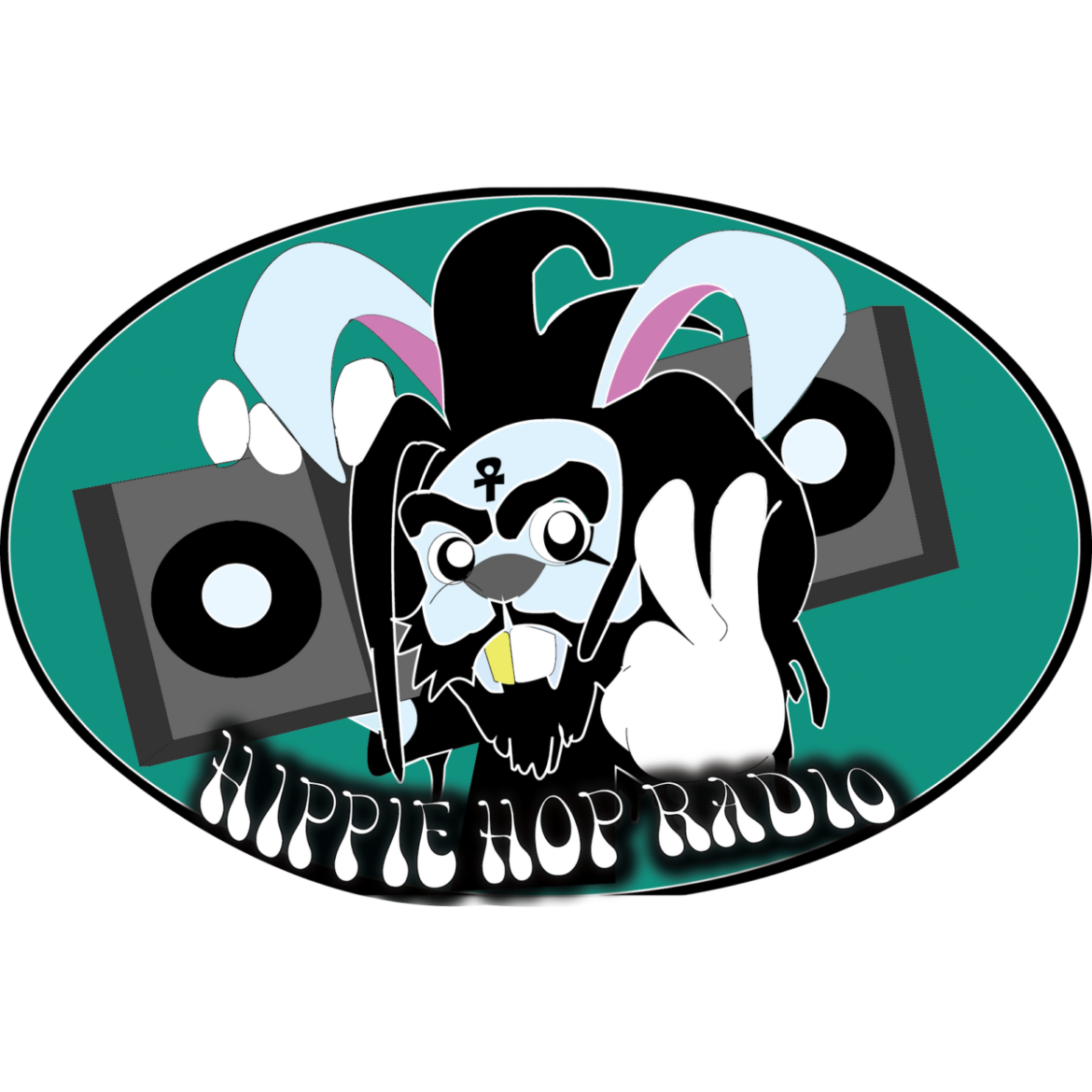
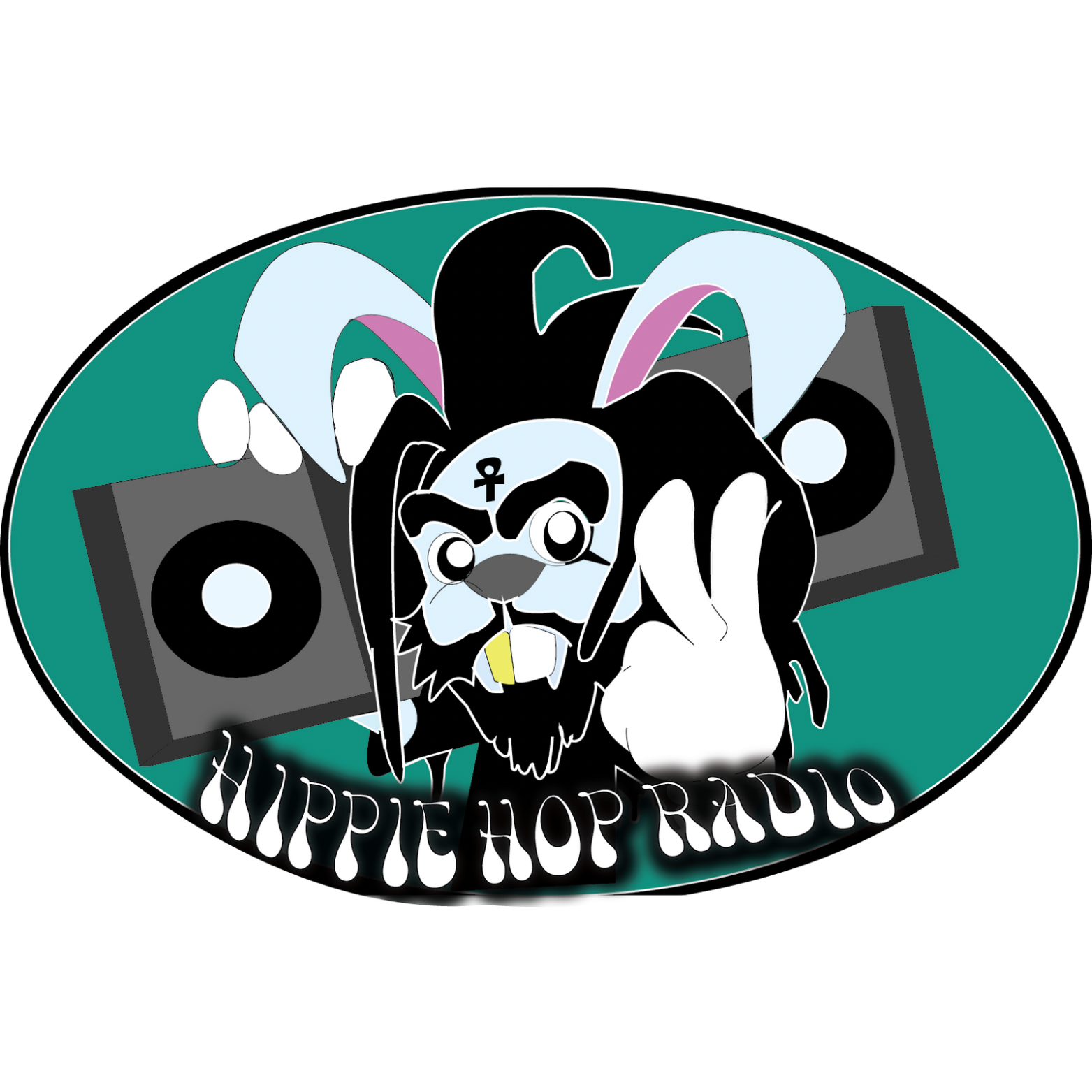



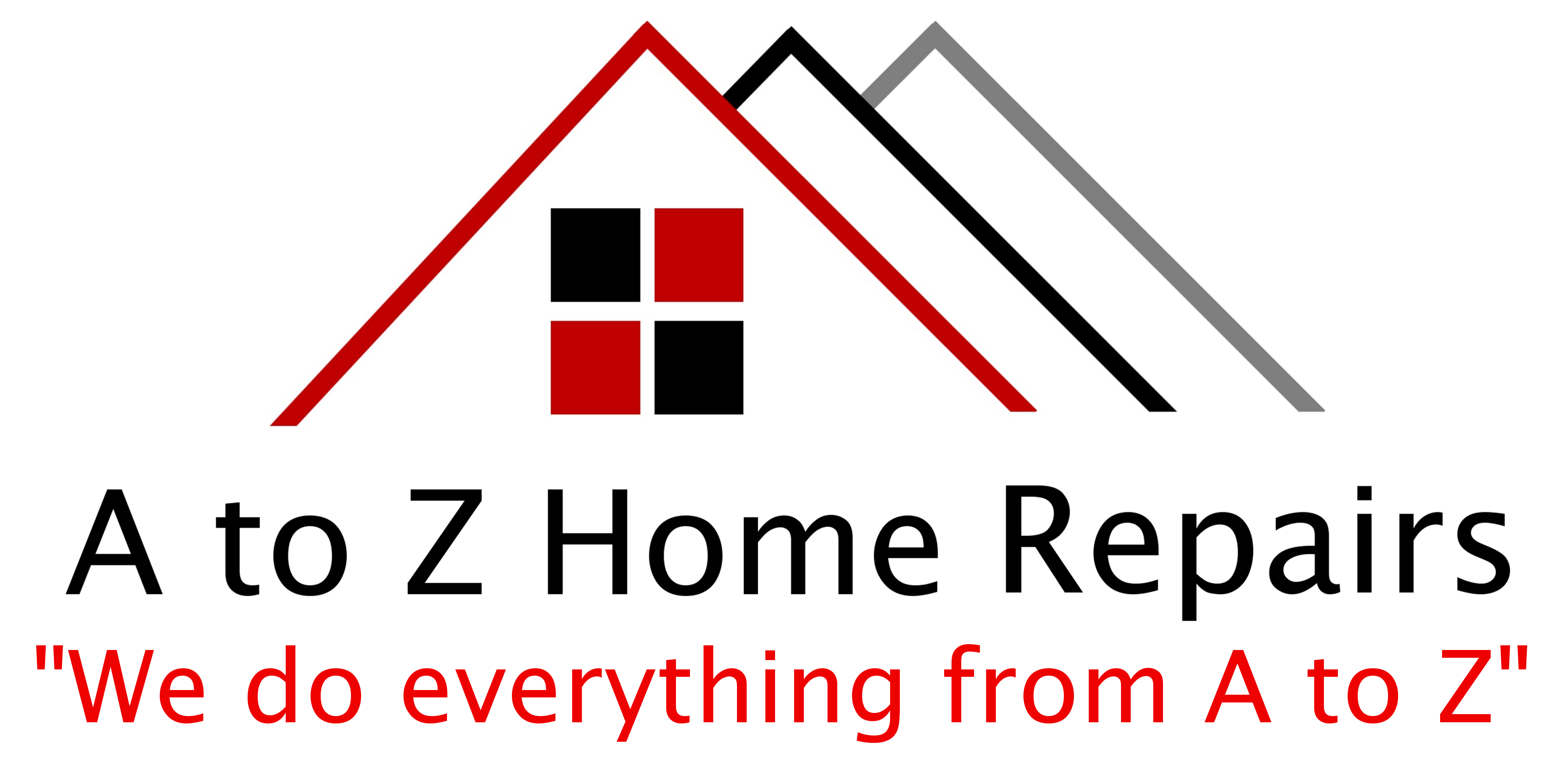






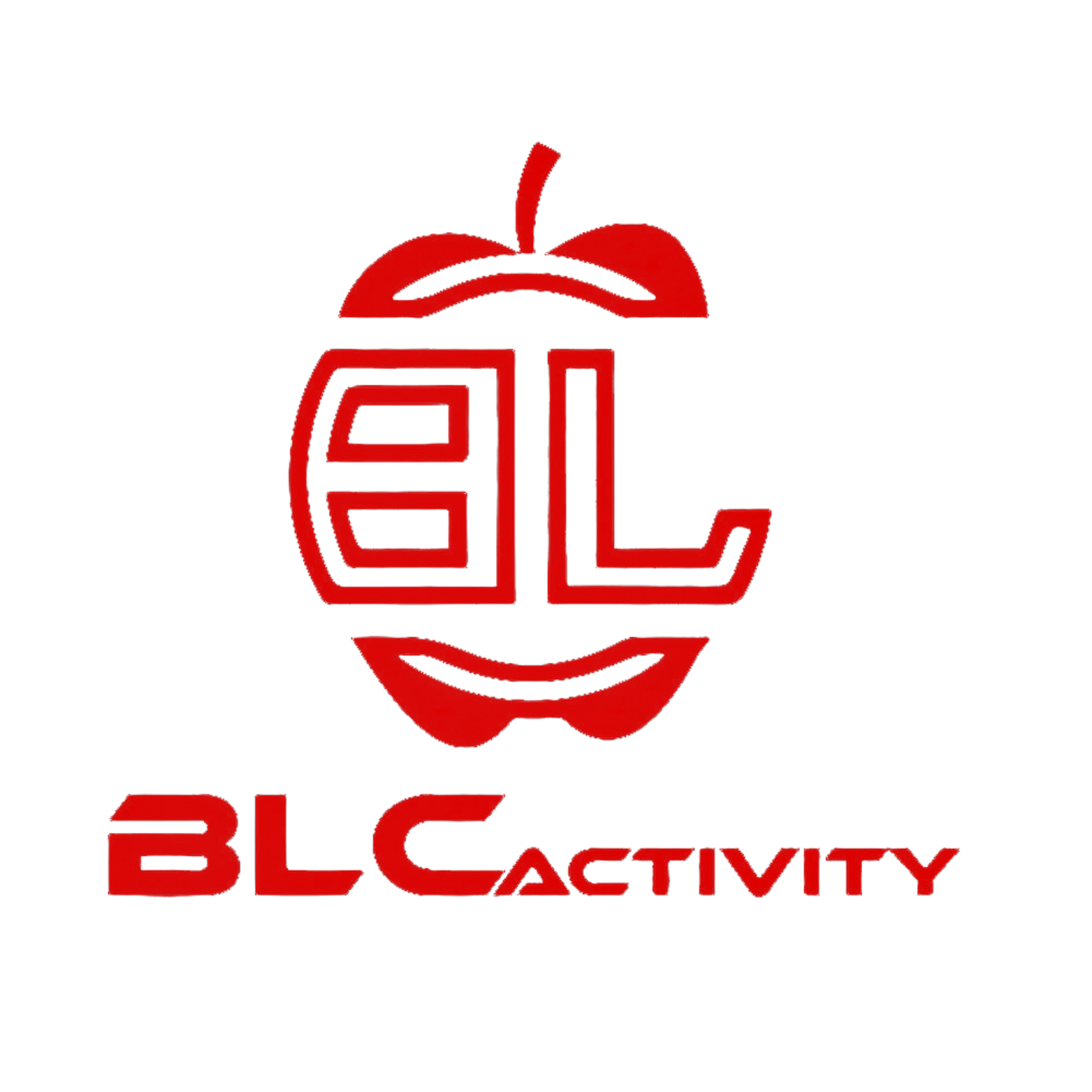

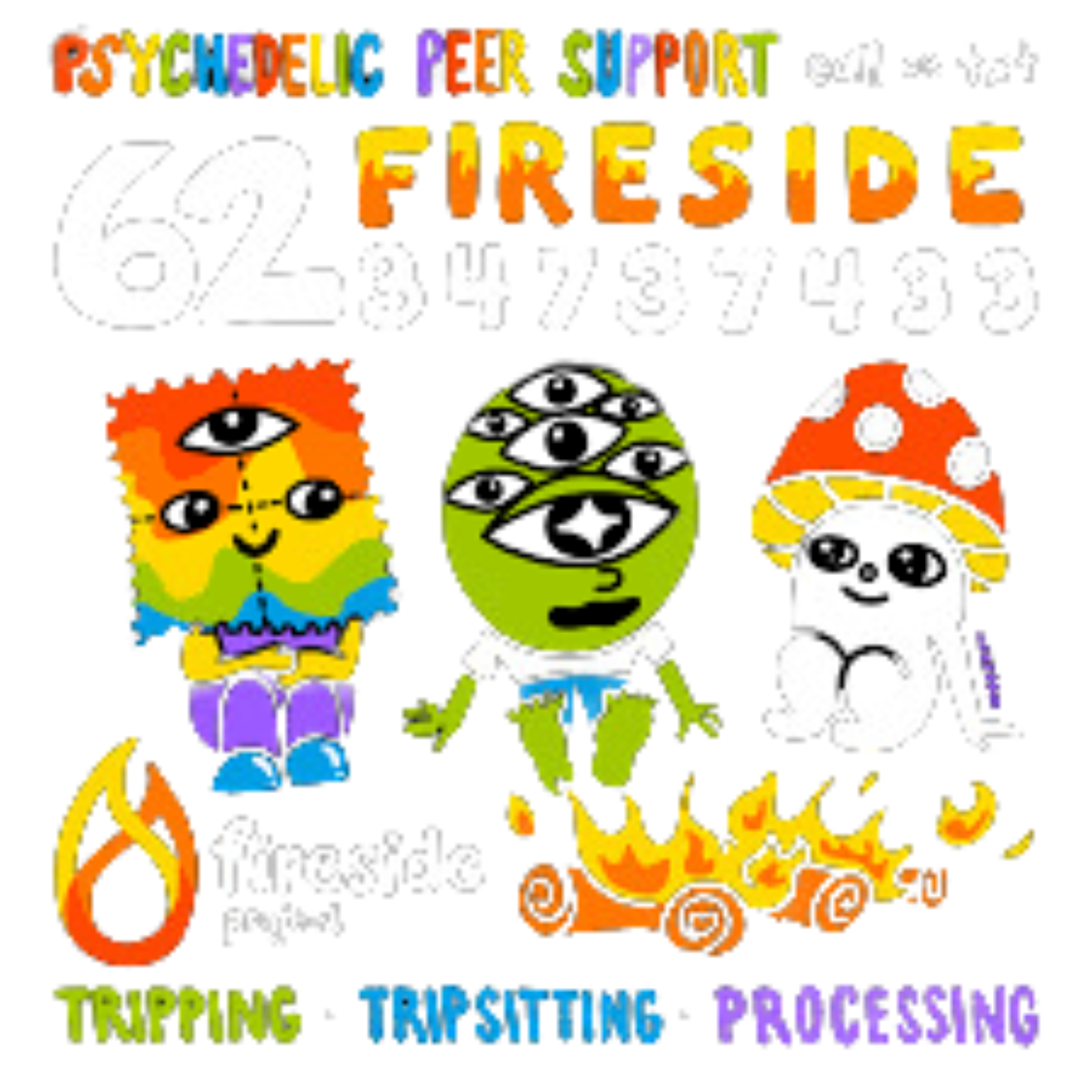














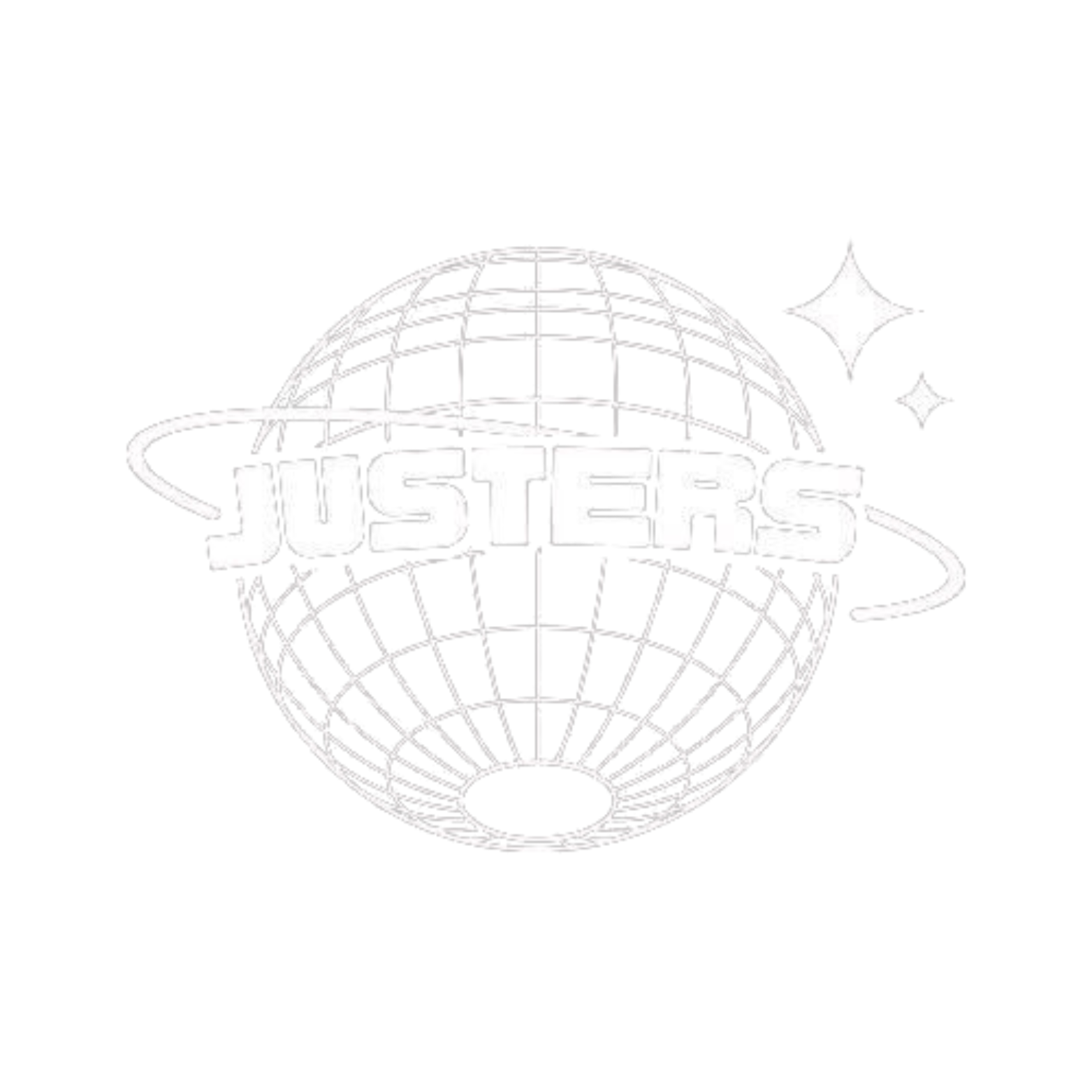
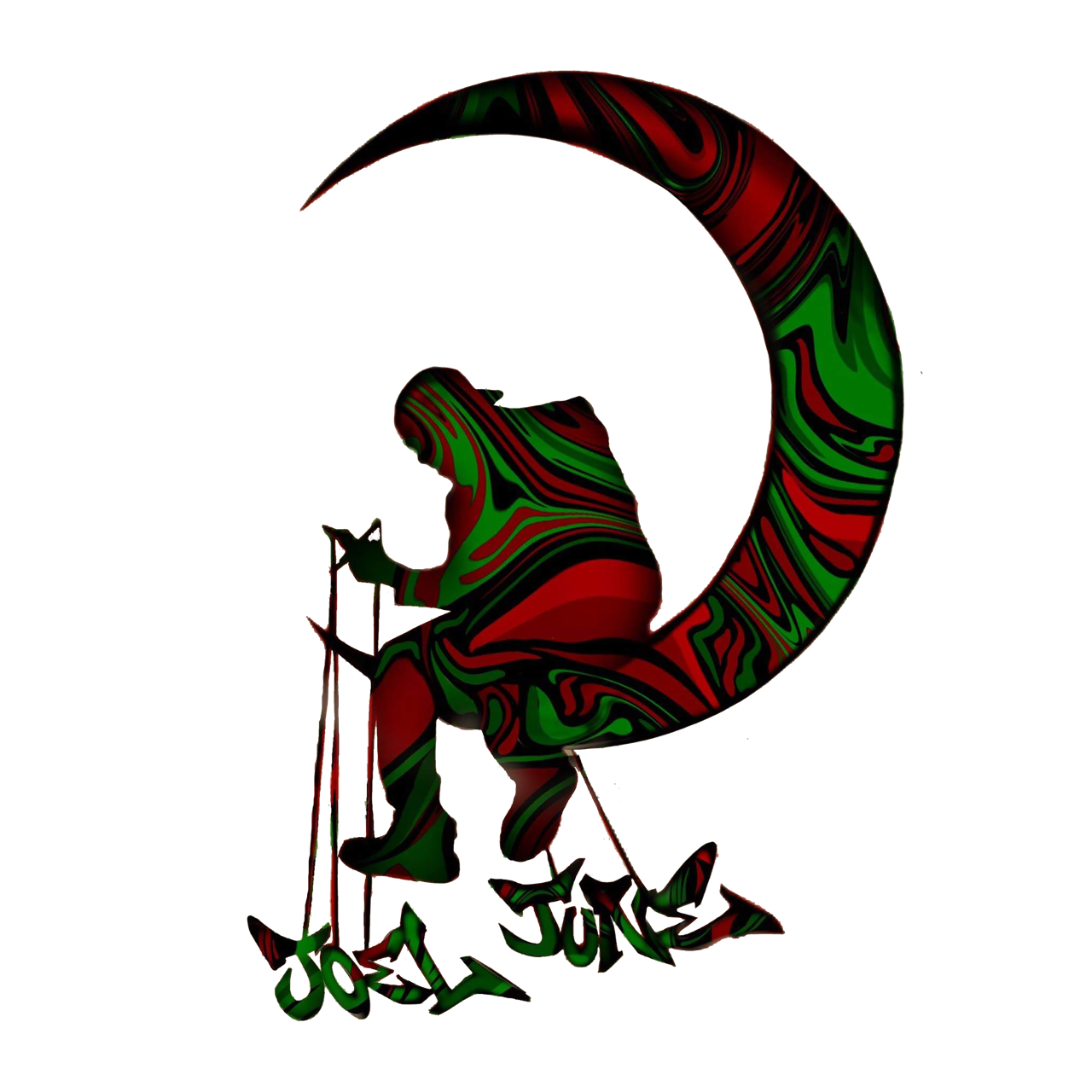
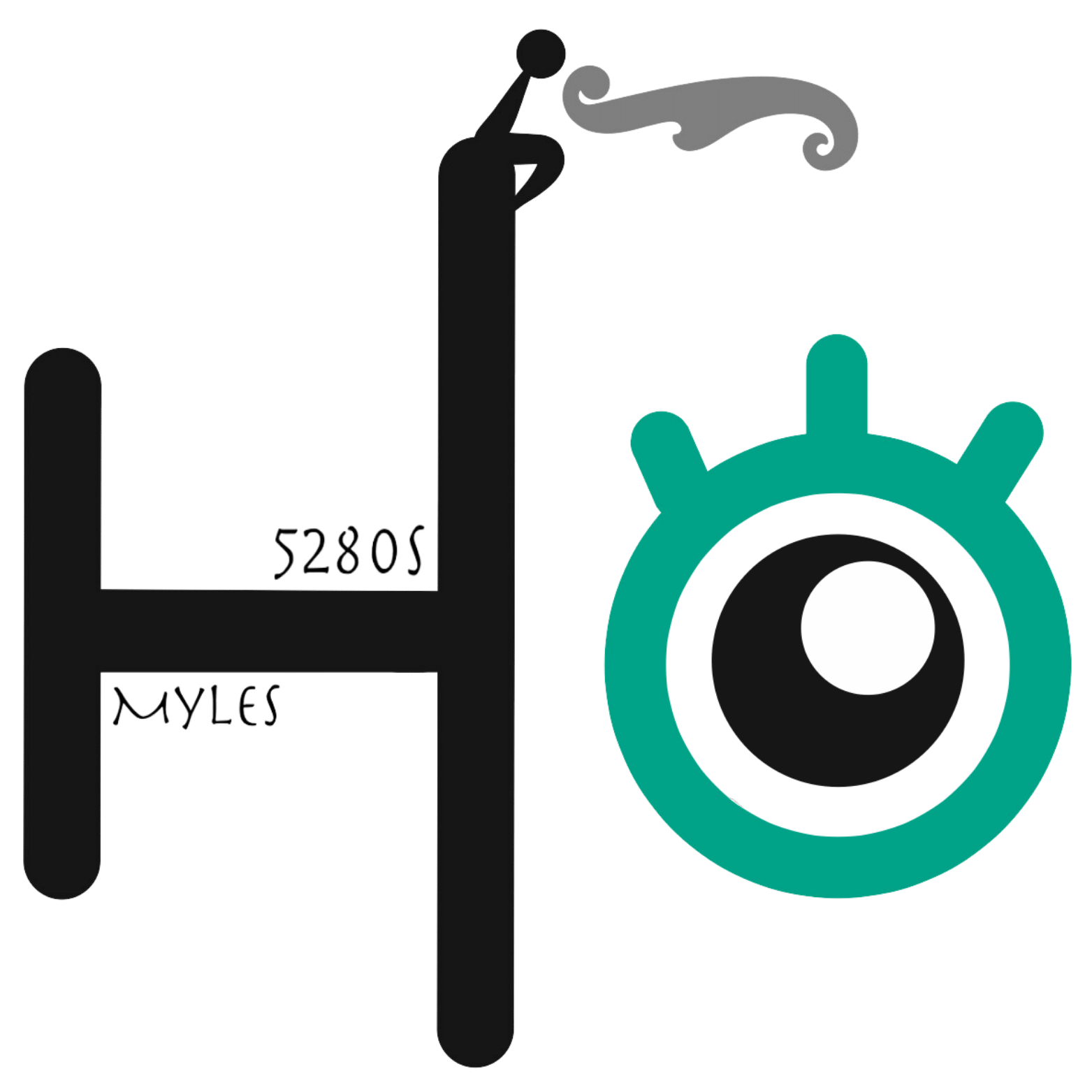









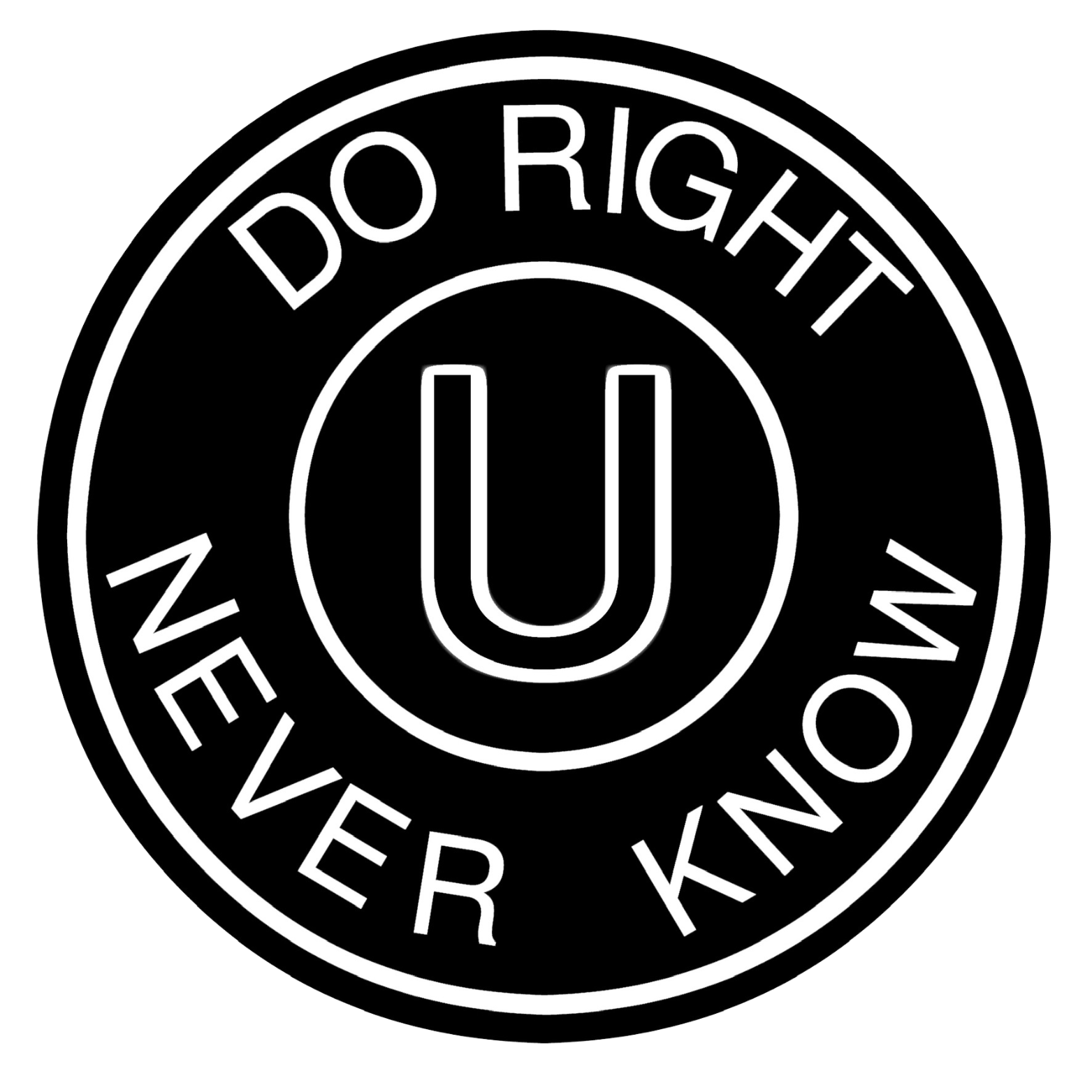







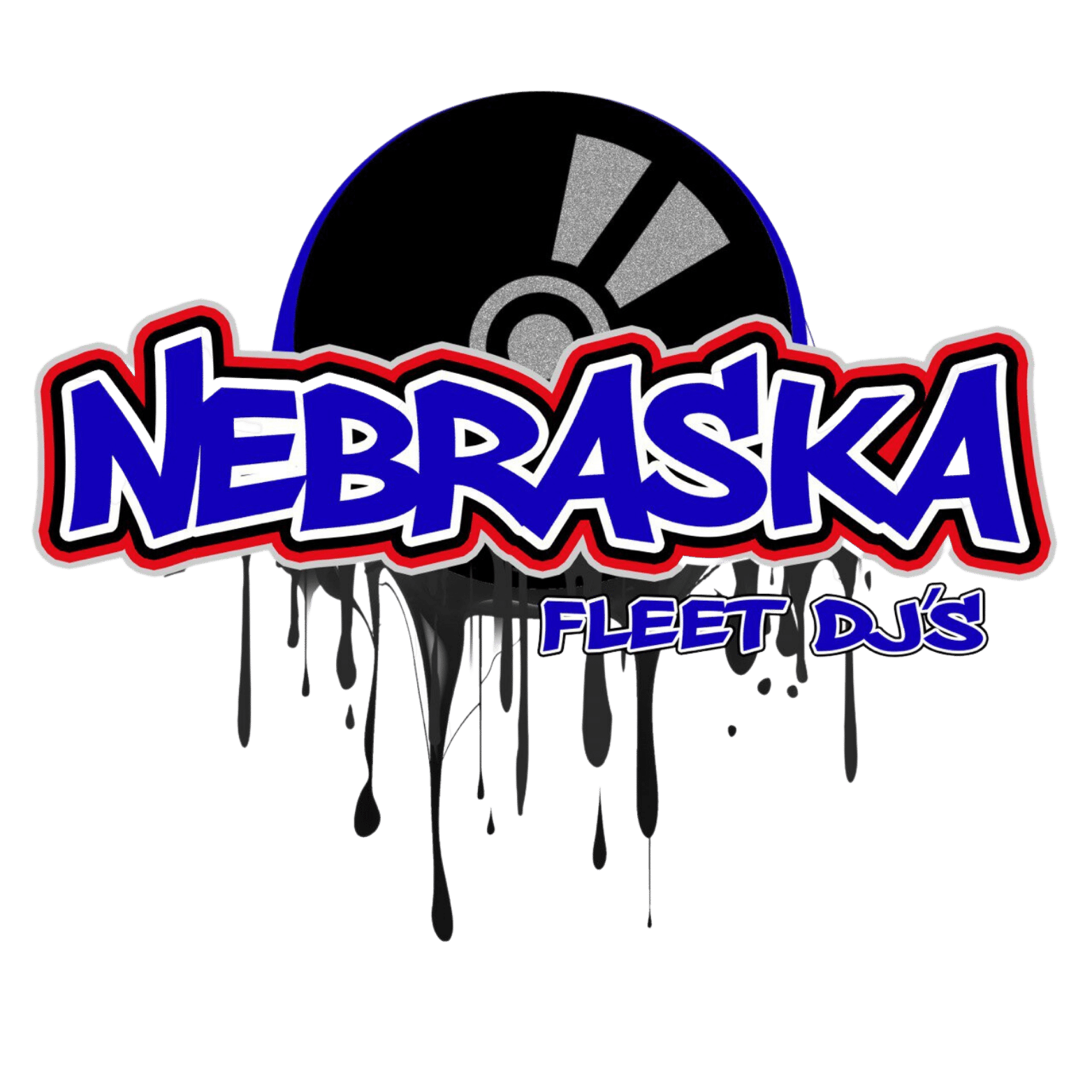

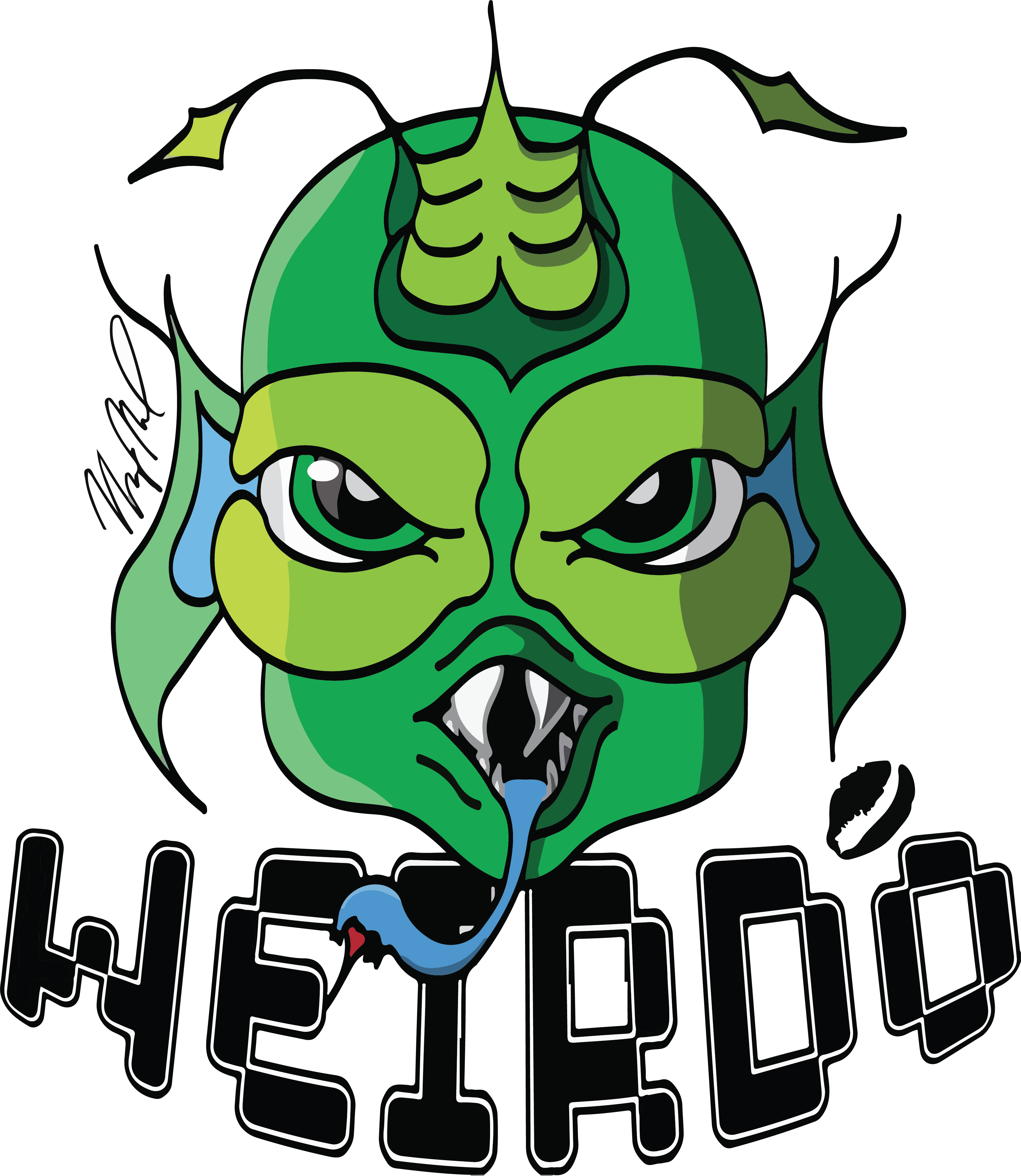


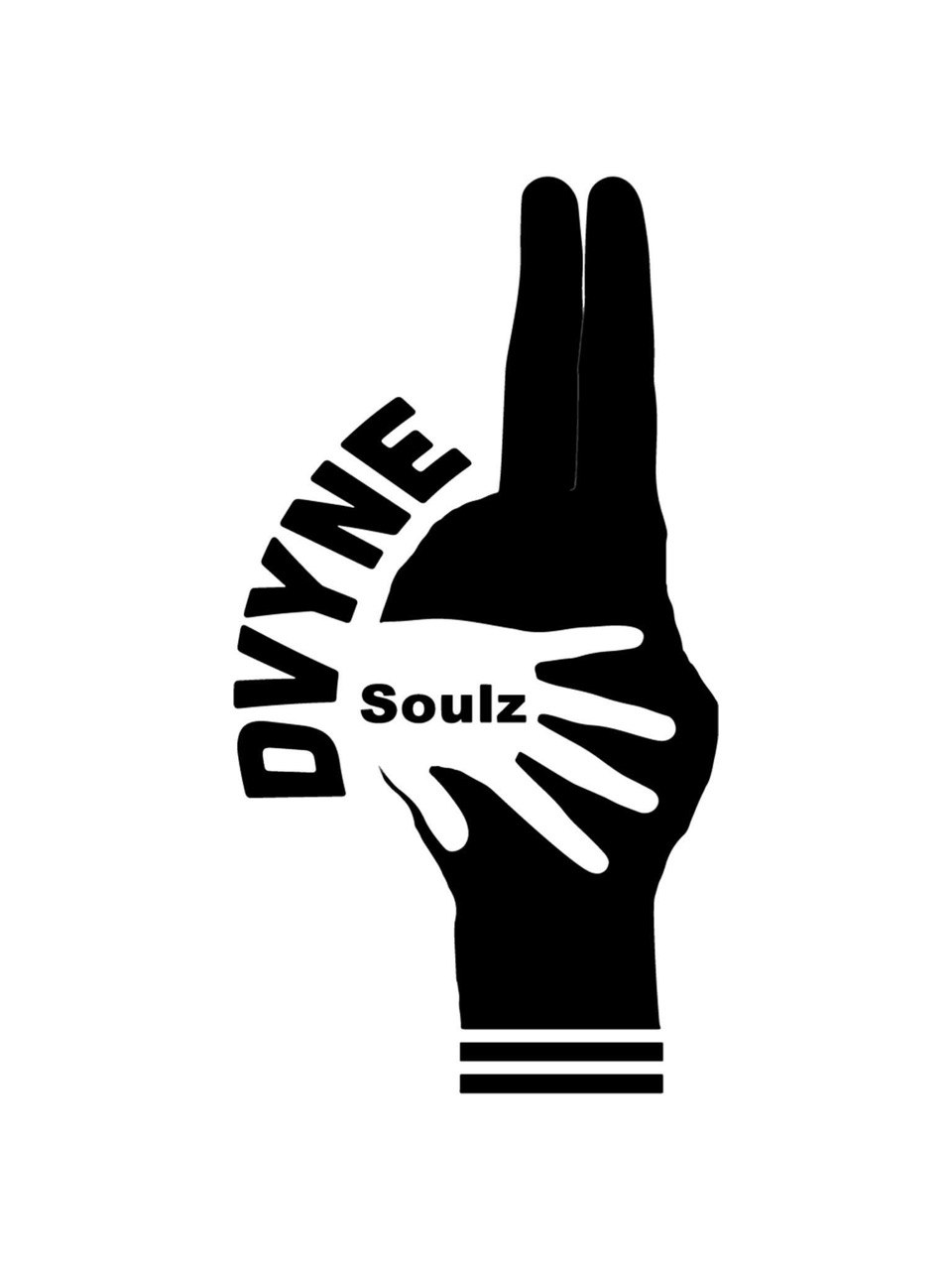

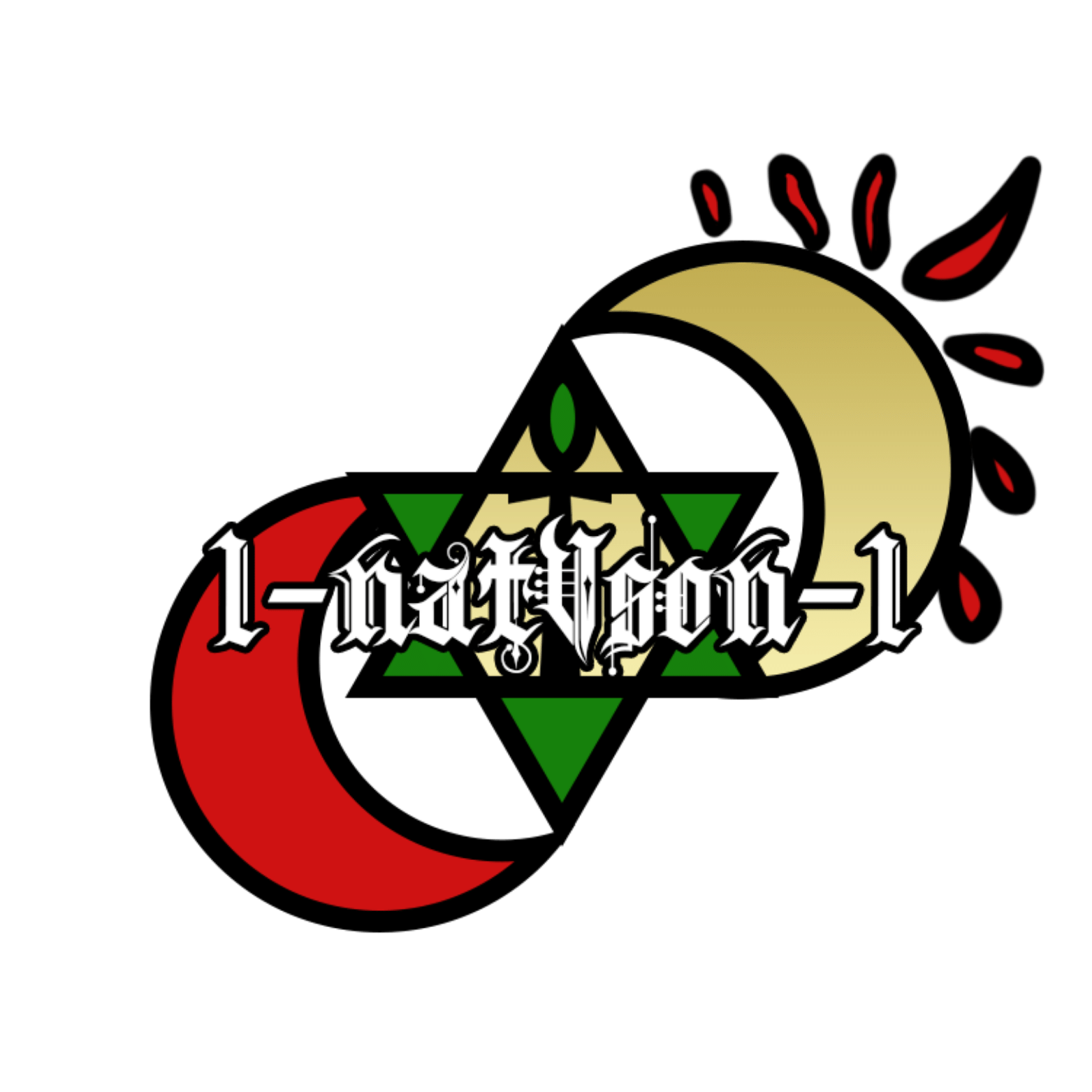



Post comments (0)